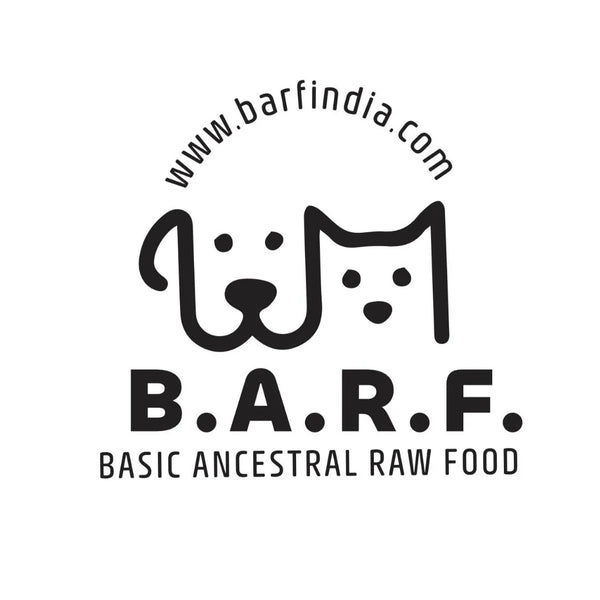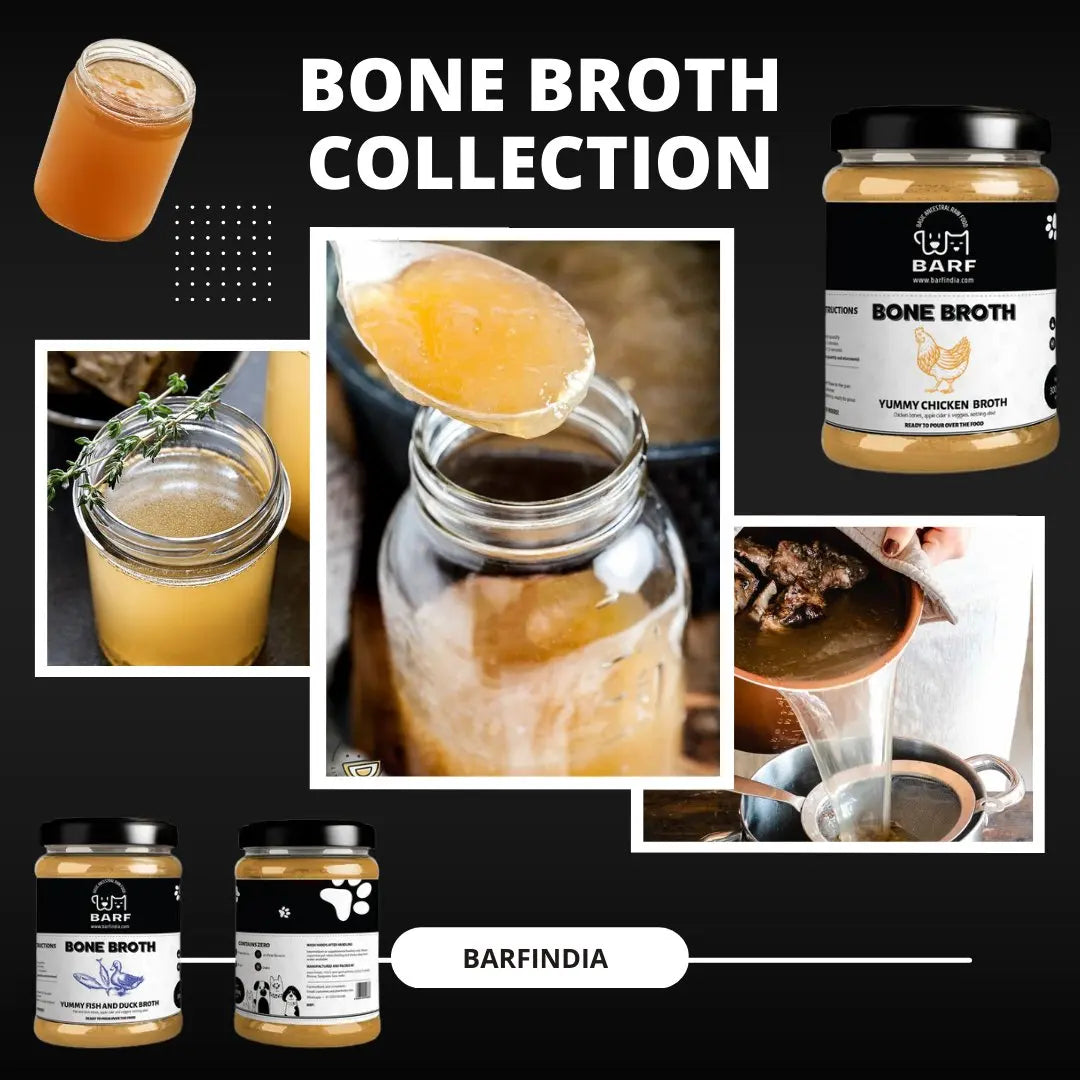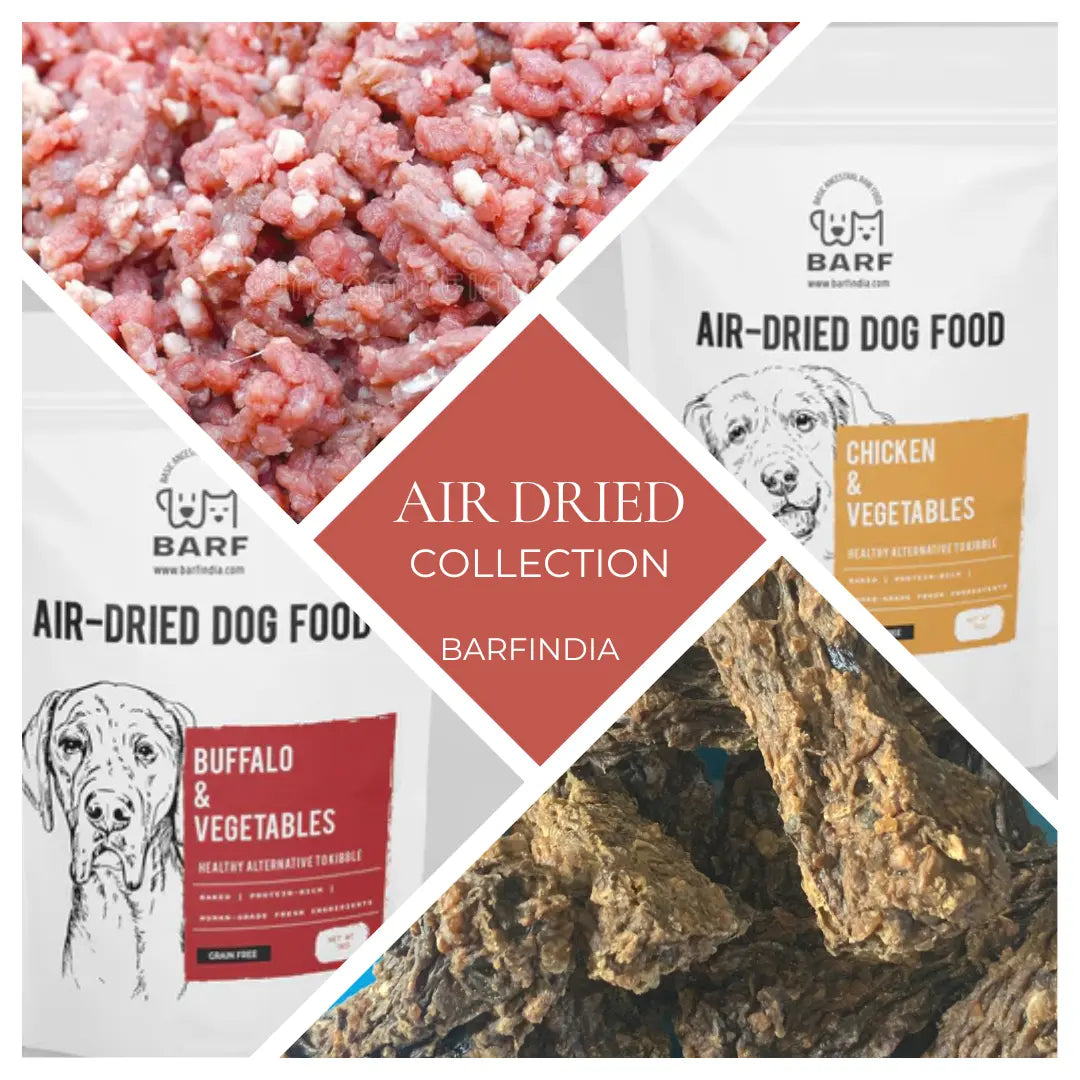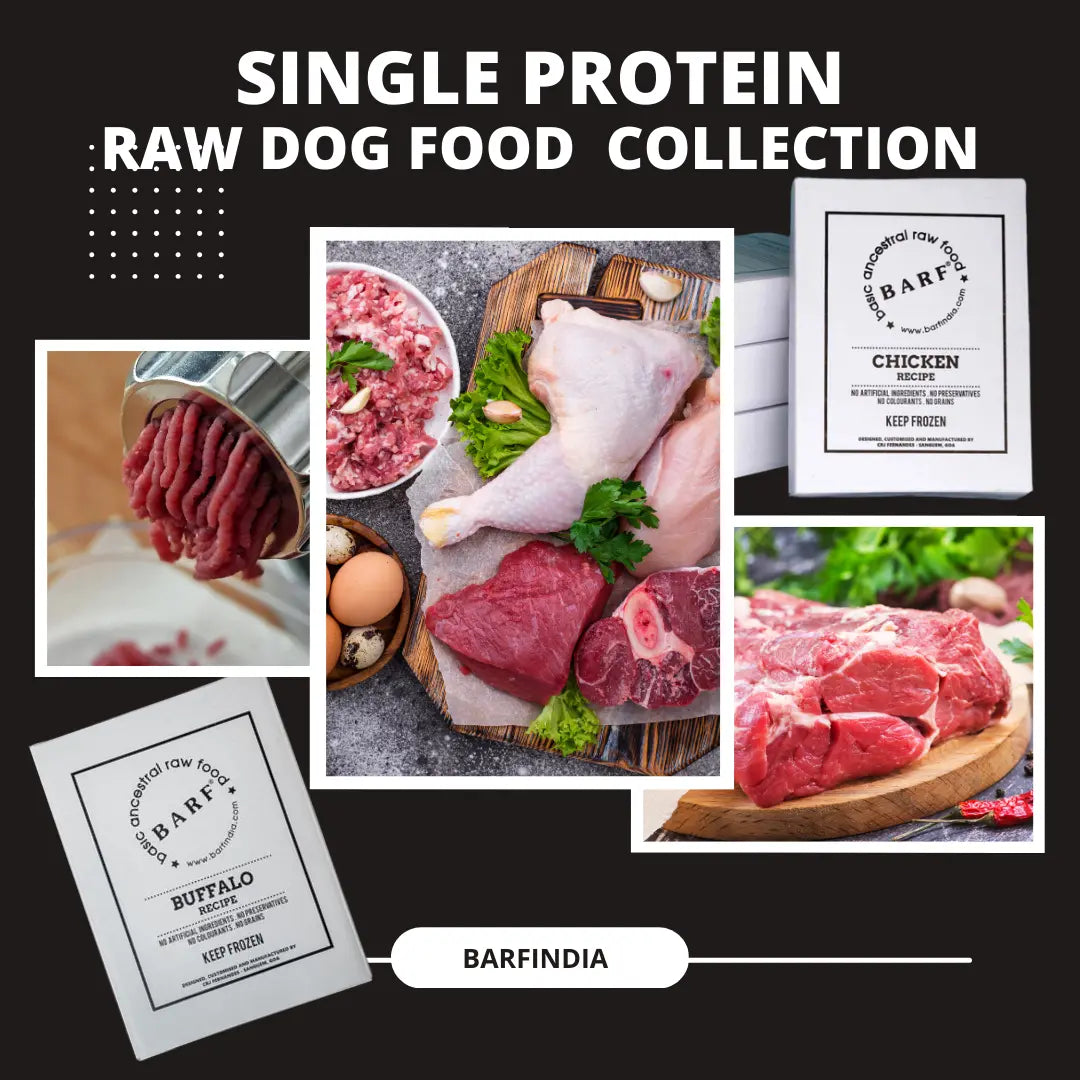
Transition your puppies and kittens to raw food
Nivedita FernandesSlow Transition to Raw Food for Puppies and Kittens: A Comprehensive Guide
Transitioning your puppy or kitten to a raw diet is a significant step towards providing optimal nutrition. Both puppies and kittens are in critical growth phases, and a carefully planned diet can ensure robust development, health, and longevity. This guide outlines a slow, systematic approach to transitioning puppies and kittens to raw feeding, focusing on their unique nutritional needs and how to address common concerns.
Why Transition to a Raw food diet for Puppies and Kittens?
Nutritional Benefits of a Raw Diet
A raw diet closely mimics what canines and felines would eat in the wild, providing benefits such as:
- Improved Digestive Health: Raw diets are highly digestible and less likely to cause food sensitivities.
- Optimal Growth and Development: Provides essential nutrients like amino acids, calcium, and phosphorus for growing bones and muscles.
- Healthier Skin and Coat: Natural oils and essential fatty acids in raw foods improve skin and coat health.
- Better Dental Health: Chewing raw meaty bones promotes dental hygiene by reducing tartar buildup.
Common Concerns Addressed
- Nutritional Balance: Formulating a diet with the correct ratios ensures puppies and kittens receive all essential nutrients.
- Risk of Pathogens: Proper sourcing, handling, and storage minimize contamination risks.
Understanding Puppy and Kitten Nutrition
Both puppies and kittens require specific nutrients for their growth phase. A balanced raw diet includes:
Macronutrients
- Protein (50-70%): Builds muscle and supports tissue repair.
- Fat (10-20%): Provides energy and supports neurological development.
- Carbohydrates (0-10%): Optional but can be included in small amounts from low-glycemic sources like vegetables.
Micronutrients
- Calcium and Phosphorus: Crucial for bone development. Maintain a ratio of 1.2:1 to 1.4:1.
- Vitamins and Minerals: From organ meats and supplements if necessary.
Step-by-Step Guide to Transitioning Puppies
A gradual transition minimizes digestive upsets and allows the puppy’s body to adapt.
Step 1: Preparation
- Consult Your Veterinarian: Discuss your puppy’s current health and dietary needs.
- Understand Ratios: Follow the 80/10/10 guideline – 80% muscle meat, 10% bone, 10% organ (5% liver, 5% other organs).
- Source High-Quality Ingredients: Choose fresh, human-grade meats, organs, and bones.
Step 2: Start with One Protein
Begin with a single, easily digestible protein like chicken or turkey.
- Day 1-3: Replace 25% of the puppy’s current food with raw food.
- Day 4-7: Increase to 50% raw food.
- Day 8-10: Transition to 75% raw food.
- Day 11: Fully replace kibble with raw food.
Step 3: Introduce Variety Gradually
Once your puppy adjusts to the first protein:
- Introduce a second protein (e.g., beef or lamb) over 7 days.
- Add raw meaty bones, such as chicken wings or necks, for dental benefits and calcium.
- Incorporate organ meats like liver and kidney slowly to prevent digestive upset.
Step 4: Monitor and Adjust
- Watch for Signs of Intolerance: Diarrhoea, vomiting, or itching may indicate an issue.
- Adjust Ratios as Needed: Puppies grow rapidly, so their caloric and nutritional needs will change.
Step-by-Step Guide to Transitioning Kittens
Transitioning kittens to raw feeding requires similar care but with a focus on their unique feline needs.
Step 1: Preparation
- Consult Your Veterinarian: Discuss your kitten’s health and ensure they are ready for raw feeding.
- Understand Ratios: Follow the 80/10/10 guideline – 80% muscle meat, 10% bone, 10% organ (5% liver, 5% other organs).
- Source High-Quality Ingredients: Use fresh, human-grade meats tailored for feline nutrition.
Step 2: Start with One Protein
Begin with an easily digestible protein like chicken or rabbit.
- Day 1-3: Replace 25% of the kitten’s current food with raw food.
- Day 4-7: Increase to 50% raw food.
- Day 8-10: Transition to 75% raw food.
- Day 11: Fully replace kibble with raw food.
Step 3: Add Variety Gradually
- Introduce a second protein (e.g., turkey or duck) over 7 days.
- Add small, soft raw bones like quail or chicken wings to provide calcium and dental benefits.
- Gradually incorporate organ meats like chicken liver and beef kidney.
Step 4: Monitor and Adjust
- Check Stool Consistency: Loose stool may indicate too much organ meat or fat.
- Observe Coat and Energy Levels: Improvements often signify a well-balanced diet.
Sample Meal Plan for a Week
For Puppies
Day 1-2: Single Protein
- Meal 1: Chicken breast (boneless), chicken neck.
- Meal 2: Chicken thigh (bone-in).
Day 3-4: Add a Second Protein
- Meal 1: Chicken breast, beef tripe.
- Meal 2: Chicken thigh, beef heart.
Day 5-7: Introduce Organs
- Meal 1: Chicken breast, chicken liver, chicken kidney.
- Meal 2: Beef tripe, beef kidney, chicken spleen.
For Kittens
Day 1-2: Single Protein
- Meal 1: Chicken breast (boneless), chicken wing tip.
- Meal 2: Rabbit loin, chicken neck.
Day 3-4: Add a Second Protein
- Meal 1: Chicken thigh, turkey gizzard.
- Meal 2: Rabbit loin, turkey neck.
Day 5-7: Introduce Organs
- Meal 1: Chicken breast, chicken liver, beef kidney.
- Meal 2: Rabbit meat, chicken spleen, beef pancreas.
FAQs About Raw Feeding for Puppies and Kittens
- Is a raw diet safe for puppies and kittens?
- Yes, when properly balanced and sourced, raw diets are safe and beneficial.
- Can I include vegetables and fruits?
- For puppies, vegetables and fruits like carrots, blueberries, and spinach can be included in small amounts. Kittens have less tolerance for plant matter, so avoid these unless recommended by a veterinarian.
- How do I handle picky eaters?
- Start with familiar proteins and use toppers like bone broth to entice your puppy or kitten.
- What if my pet experiences diarrhoea?
- Reduce the raw food portion temporarily and reintroduce it gradually.
Conclusion
Transitioning your puppy or kitten to a raw diet requires planning, patience, and dedication. By following this slow transition guide, you can ensure a smooth adjustment while reaping the numerous health benefits raw feeding provides. Remember to monitor their health and consult your veterinarian to ensure their specific needs are met. With the right approach, raw feeding can set the foundation for a lifetime of health and vitality for your furry friend.



